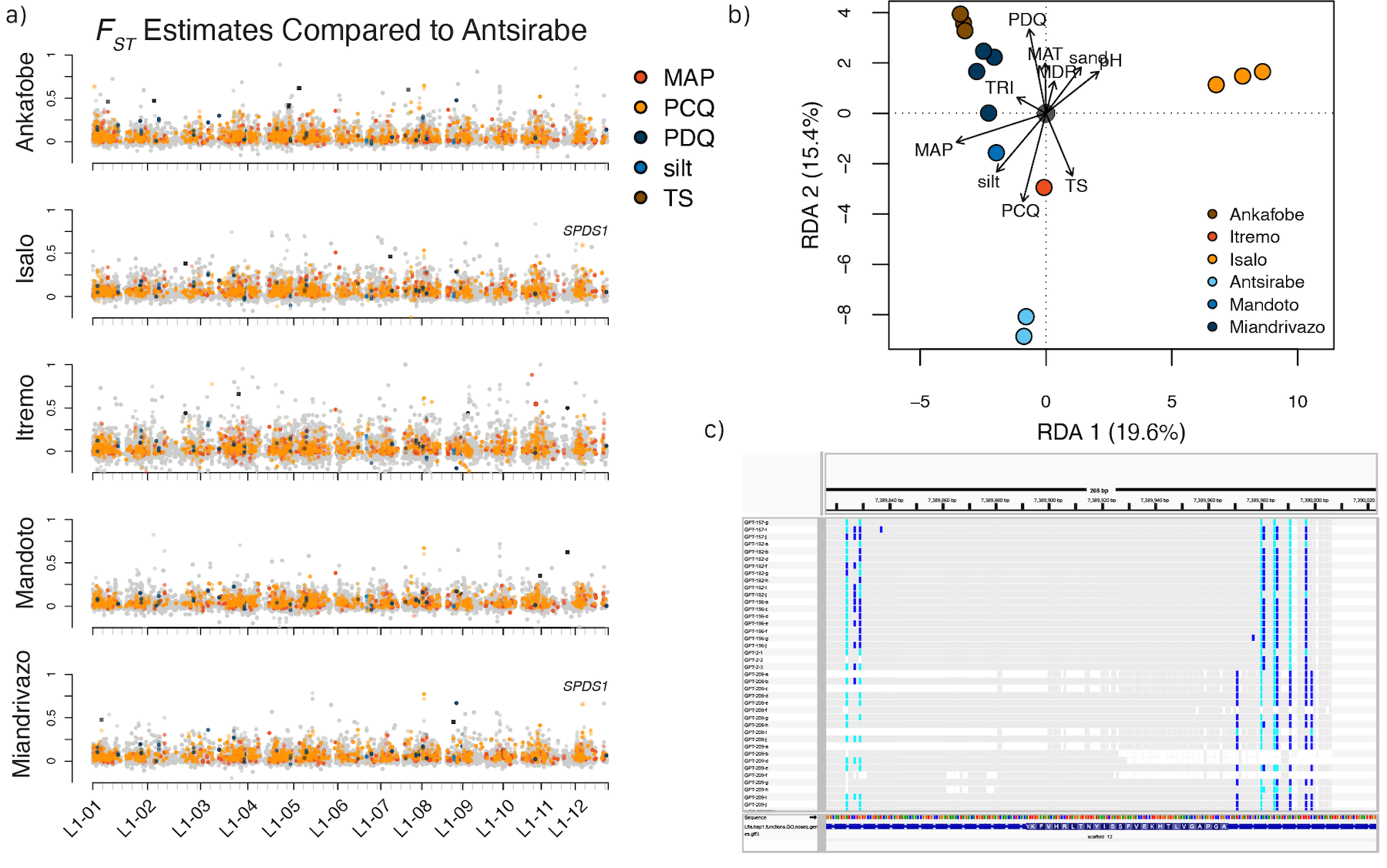Resilient Grasslands
The causes and consequences of open grassy bioimes
The evolution of grassy biomes
The lab is generally interested reconstructing the evolutionary histories and understanding why some grass species become dominant in their ecosystems and why some closely-related species do not. This work is related to projects on Madagascar’s Natural History but more broadly encompasses Tropical East Africa as well as the Southeastern US. Both are incredibly interesting regions to study grasses as they both have strong precipitation and temperature seasonality - two factors that are increasingly important under future climate change predictions. Research in our own Piedmont grasslands connects with the local community through exploring avenues for pasture improvement with local dairy farmers and supporting biodiversity inventories of local conservation associations. This work draws upon phylogenetic comparative methods and population genomics combined with distribution modeling and ecological data from the field 1,2.
Genetics of resilience traits
Understanding the genetic pathways underlying resistance to extended periods of drought and extreme heat is important for plant breeders across a range of applications. Natural populations can provide evolutionary experiments to uncover the genetic mechanisms allowing some species and populations to be successful under stress. Ongoing work has revealed loci under selection that are associated with precipitation seasonality, which may serve as selection targets for agriculturally useful grasses.

Selection and environmental association among sites a) FST
is used as an indicator of positive selection while colors show sites associated with different environmental variables. b) Canonical regression analyses can be used to identify sites significantly correlated with independent variables, as well as the environmental factors underly population differentiation. c) Sites under selection associated with environment can be mapped back to individual genes or gene regions to infer functional significance and steer downstream validation experiments in the lab and greenhouse.
Future work aims to expand our study of dominant grasses beyond Loudetia simplex to other understudied grass lineages that might provide important context for reconstruting the molecular processes that make some grasses highly abundant in their ecosystems.
-
Tiley GP, Crowl AA, Almary TOM, Luke WRQ, Solofondranohatra CL, Besnard G, Lehmann CER, Yoder AD, Vorontsova MS. 2023. Genetic variation in Loudetia simplex supports the presence of ancient grasslands in Madagascar. Plants People Planet doi: https://doi.org/10.1002/ppp3.10437
↩ -
Almary TOM, White J, Rasaminirina F, Razanatsoa J, Lehmann CER, Rakotoarinivo M, Ralimanana H, Vorontsova MS, Tiley GP. 2023. The grass that built the Central Highland of Madagascar: environmental niches and morphological diversity of Loudetia simplex. bioRxiv doi: https://doi.org/10.1101/2023.09.25.559324
↩